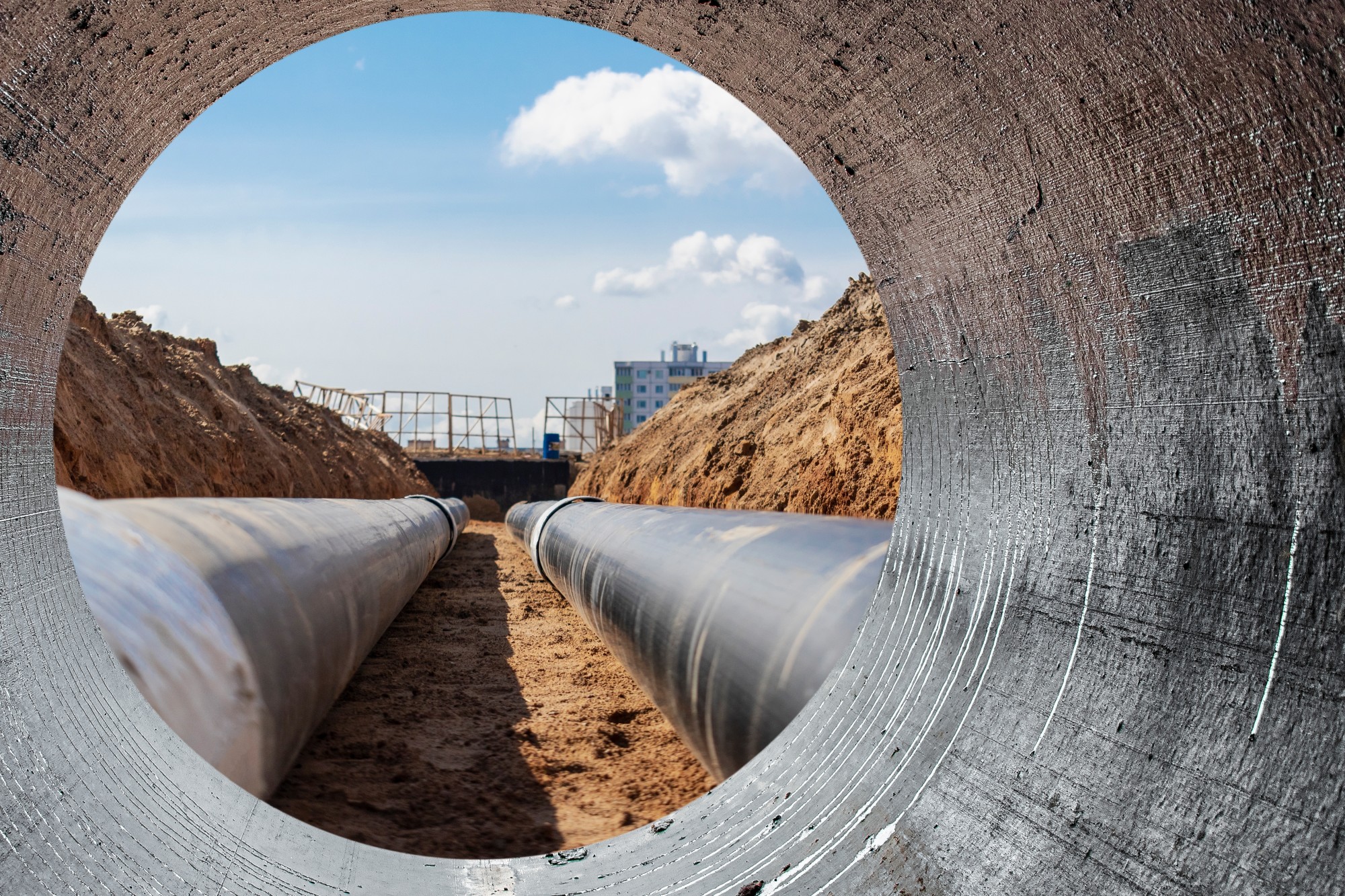Energy Efficiency, GHG Emissions, Utilities - May 31, 2024 - By Better Buildings, U.S. Department of Energy
Des Moines Water Works: Using SEP 50001 Energy Management to Reduce Energy Use and CO2 Emissions
In 2020, Des Moines Water Works (DMWW) became the first water utility in the nation to have all of its water treatment plants—three, in this case—certified to ISO 50001 and SEP 50001. An independently operated public utility, DMWW provides drinking water to approximately 600,000 people in Greater Des Moines. The utility received its first certification in 2017 for the Fleur Drive facility, then added the other two facilities in the 2020 recertification—while rising to the SEP 50001 Gold designation. When DMWW recertified to ISO 50001 in 2023, the utility achieved SEP 50001 Platinum, the highest level of recognition.
POLICIES
Established by the board of trustees, the utility has an energy policy that commits financial and labor resources to achieving continual improvement in energy performance.
The energy team uses the energy management system (EnMS) to support this policy, organizational goals, objectives, and targets, with senior management oversight. The energy team consists of a Certified Practitioner in Energy Management Systems (CP EnMS), a Certified Energy Manager (CEM), the Chief Operating Officer (COO), and staff from the Engineering and Water Production (WP) departments. The WP department, which controls nearly 80% of all energy used from all sources, is comprised of electricians, control system specialists, and operational staff, all of whom play a major role during implementation of the ISO 50001 and associated projects.
Externally, the utility found that many organizations provide incentives to execute sustainability projects. DMWW benefited from generous electric utility rebates.
PROCESS
SEP 50001 ENERGY MANAGEMENT STRATEGIES
After establishing the internal energy management policy, DMWW joined a DOE pilot program for water/wastewater facilities, supporting their pursuit of ISO 50001 and Superior Energy Performance 50001 (SEP 50001) program certification. The program provided DMWW with a roadmap for setting up and operationalizing an EnMS. The utility also joined the DOE Better Plants program, setting a goal of reducing energy intensity by 25% over 10 years, and then elevated their commitment by joining the Better Plants Challenge and agreeing to share their solutions. Use of ISO 50001 and SEP 50001 since 2017 has helped DMWW follow a systematic approach to continue to improve energy performance, helping the utility meet its Better Plants goals and achieve significant energy cost savings and reduced CO2 emissions.
The following are key factors in DMWW’s approach.
Data Collection, Measurement, and Analysis
An effective EnMS requires data. The DMWW energy team collected data from as far back as 2015, using a variety of sources (e.g., utility bills, weather conditions, and financial reports). The team entered these data into an energy balance spreadsheet, categorizing inputs into systems and the equipment within those systems. For each piece of equipment, the team calculated its annual energy consumption and determined the energy balance (i.e., calculated energy consumption divided by actual energy purchased). This information allowed DMWW to identify significant energy users (SEUs), i.e., systems or equipment that has major energy consumption and/or opportunity for improvement.
While the historical data collection provided crucial information to identify SEUs, DMWW recognized the need to capture its ongoing energy consumption. One of the utility’s first big projects was installing submeters on all SEUs, including every pump, pad mount, and transformer. To date, DMWW has ~100 submeters providing important data.
The team continues to collect and analyze data from multiple sources to inform decision-making and prioritize projects. Key techniques are life cycle cost analysis and energy analysis, which are used to identify projects that will have, on balance, the most positive impacts. Energy analysis is part of the company’s DNA, integral to operations across the board: purchasing, engineering, operations, fleet, and distribution.
Asset Management
DMWW added energy-related tracking and approvals to its asset management system. The system now tracks employee SEU training, SEU maintenance and repair documentation, and energy performance indicators (EnPIs). Utility bills are tracked and, if usage or costs are unexpectedly high, flagged for review. The new additions include a purchasing module that requires energy team approval for any new product or service that could impact energy efficiency.
Real-Time Energy Monitors
The DMWW system has three treatment plants and hundreds of pumps, all pumping into the same distribution system. The collective pumping accounts for ~85% of the utility’s energy use, and changes in efficiency at one location can affect what happens at the other locations. The energy team recognized a clear need to provide pump operators with the information needed to operate those pumps as efficiently as possible. Therefore, in addition to having an energy monitor at each plant, the utility uses a central monitor to identify the most efficient pumping combinations between the plants, which allows the operators to make informed operational decisions.
OUTREACH
The energy team keeps senior management engaged and apprised through various communications, and management conducts annual reviews of the EnMS to ensure continual improvements. Executive involvement in energy management creates the foundation for a company culture of sustainability.
DMWW engaged employees through a comprehensive training program, providing all employees with instruction in at least two areas: EnMS awareness and fleet idling. Operational staff received additional training. The energy team has also reached out to employees to solicit suggestions for improving efficiency, getting an on-the-ground perspective, and involving staff at all levels.
Furthermore, the DMWW energy policy includes a commitment to educating and engaging stakeholders—from other utilities to policymakers—about energy performance. The utility’s wholesale customers (i.e., retail energy suppliers) are particularly interested in learning how—and how much—energy is saved, as low energy use translates to low rates. DMWW also informs and interacts with the public through social media and its website.
MEASURING SUCCESS
The energy team leveraged DOE’s Energy Performance Improvement (EnPI) Tool to establish a normalized baseline of energy consumption against which progress could be tracked, allowing the team to evaluate the EnMS’s effectiveness in achieving intended outcomes and planned results. With the baseline in place, the tool also helped with tracking annual energy savings and CO2 emissions reductions, while accounting for variations in weather, production, and other variables. Other tools and resources used to track performance include instrumentation, the enhanced asset management system, a SCADA database, submeters, energy invoices, and a fleet tracking system.
OUTCOMES
Beginning with baseline data from 2016 and calculating through 2023, DMWW reduced its total CO2 emissions by almost 39,500 metric tons, improved energy performance by 19.4% and saved the utility more than $2 million on electricity, natural gas, liquified petroleum, gasoline, and diesel fuel.
The benefits extend beyond energy savings. Projects that upgrade critical equipment often increase its performance and reliability. In addition, DMWW has engaged employees, instilling a sense of responsibility and pride in the utility’s sustainability culture. Finally, the public is aware of the robust energy management system, which builds on DMWW’s reputation as a good steward—of energy, the environment, and ratepayer dollars.
This column originally appeared on Better Buildings' website.
 The Better Buildings Solution Center houses over 3,000 resources shared by Better Buildings partners and other stakeholders. These replicable solutions help organizations bolster their bottom line, advance technology innovation, create jobs, and spur energy efficiency investments.
The Better Buildings Solution Center houses over 3,000 resources shared by Better Buildings partners and other stakeholders. These replicable solutions help organizations bolster their bottom line, advance technology innovation, create jobs, and spur energy efficiency investments.
Share this valuable information with your colleagues using the buttons below:
« Back to ColumnsStay Up-To-Date












